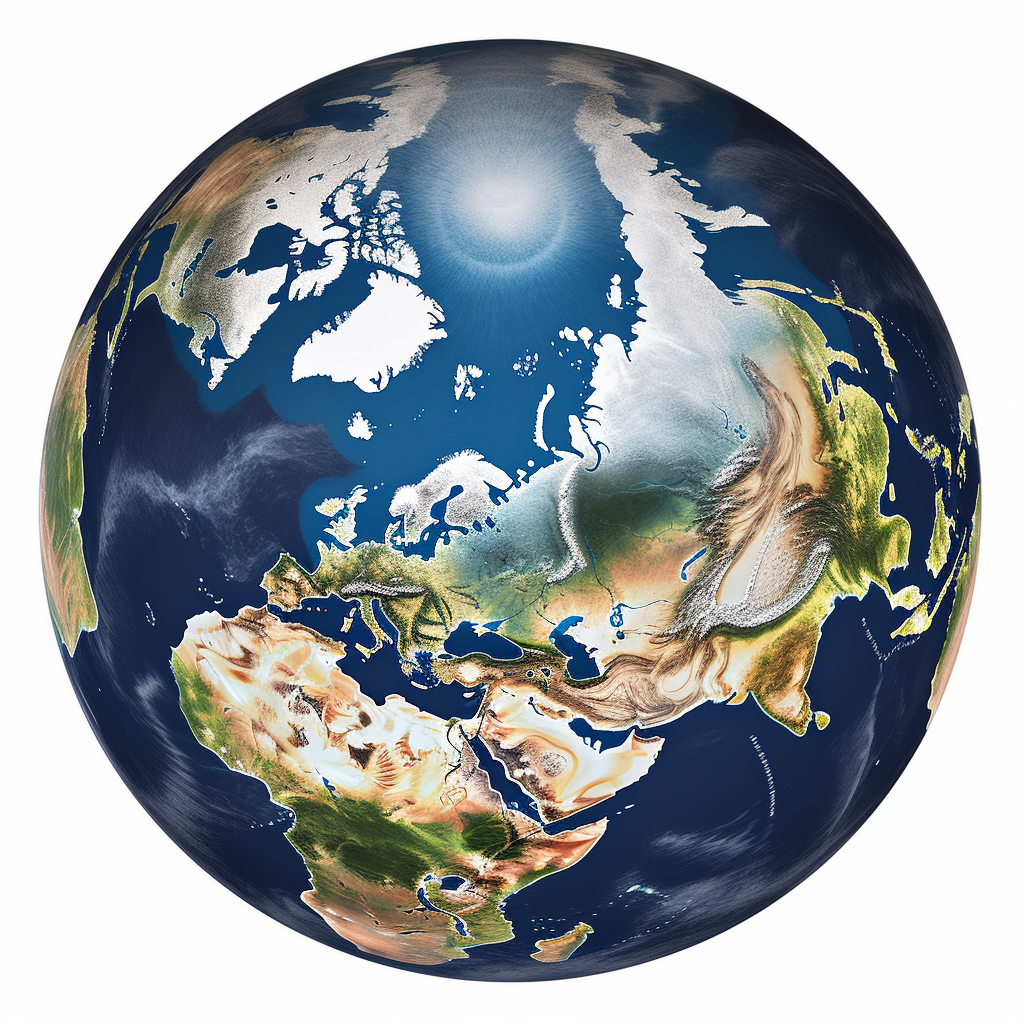August 30, 2023
Revealing Ice Age Climate Secrets – Dansgaard-Oeschger Events Study
Book a Demo
During the last ice age, the Northern Hemisphere experienced rapid temperature jumps known as Dansgaard-Oeschger events. These events caused a temperature rise of up to 15°C within just decades. This dramatic shift in the climate is something that scientists have studied in depth to gain a better understanding of the planet’s history and its future.
Recently, a study was conducted by two prestigious institutions, the Potsdam Institute for Climate Impact Research and the Technical University of Munich. The researchers used cave minerals as climate archives to study precipitation changes during the last ice age. These minerals provide a wealth of information about past climates and the changes they underwent.
What the study discovered was truly fascinating. The Dansgaard-Oeschger events drastically altered atmospheric circulation and rainfall patterns worldwide. The most severe impacts of these events were felt in the tropical monsoon domains, a region that is particularly sensitive to changes in climate.
To reproduce these impacts, the research team used climate models. These models utilized data from over 100 cave formations from 67 different caves worldwide. This extensive data set allowed the researchers to gain a thorough understanding of the global impact of the Dansgaard-Oeschger events.
The findings of this study are not only important for understanding our planet’s past but also for predicting its future. They could help us understand how tipping elements like the Atlantic Meridional Overturning Circulation respond to future global warming scenarios.
Abrupt climate changes, which involve significant shifts over years to decades, have been a part of Earth’s history. These are studied by paleoclimatologists through various methods. However, the release of greenhouse gases due to human activities, particularly since the Industrial Revolution, is triggering a new type of abrupt climate change.
This research on Dansgaard-Oeschger events and the use of cave minerals as climate archives highlight the importance of understanding past climate events in predicting and preparing for future changes. As we continue to contribute to global warming through greenhouse gas emissions, understanding the potential impacts of abrupt climate change becomes increasingly crucial.



